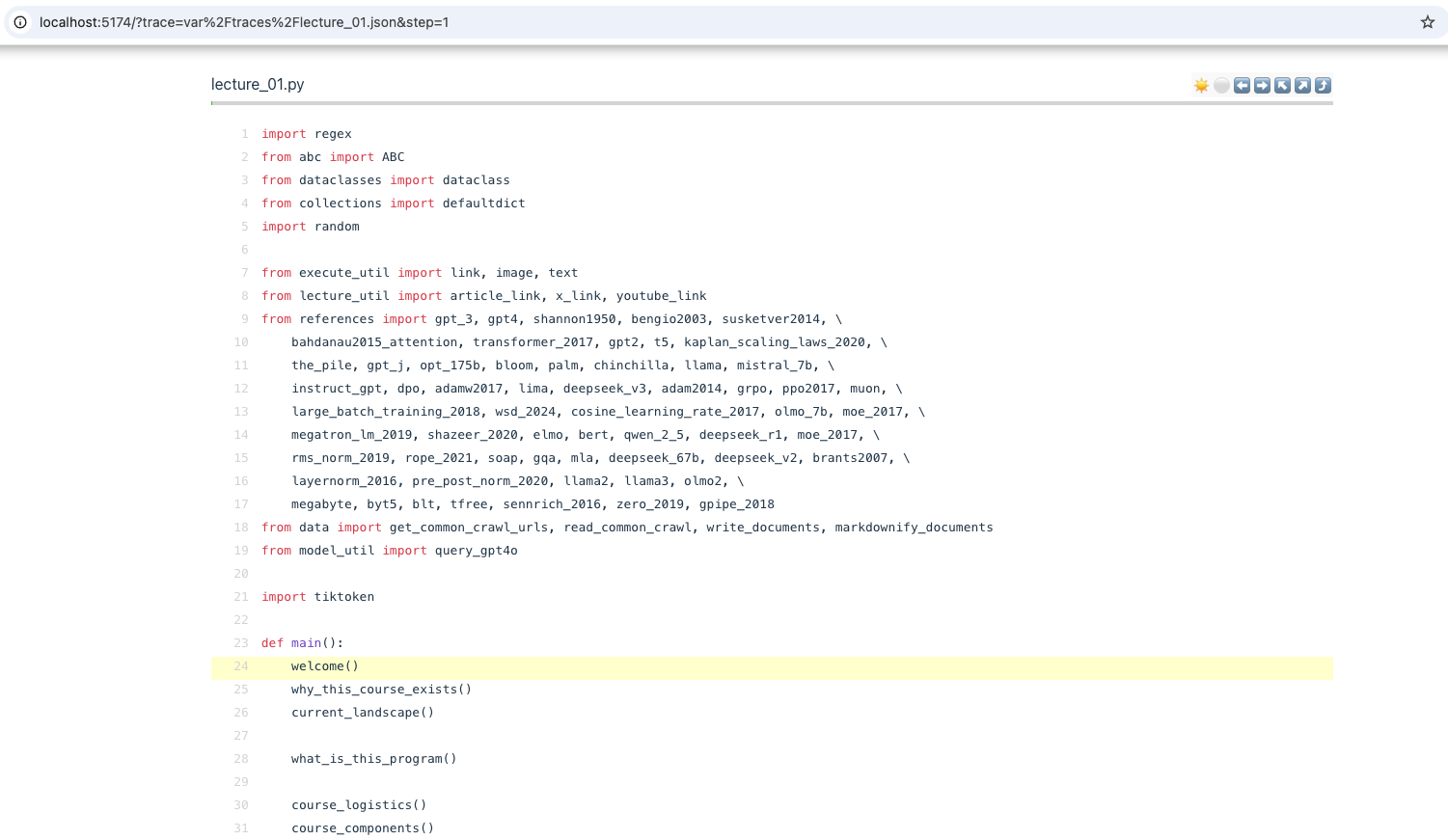Study Notes: Stanford CS336 Language Modeling from Scratch [1]
Introduction
It’s been a while since my last blog post about my generative AI learning journey (January 1, 2024). My day job has demanded significant time and energy, but I don’t want that to derail my passion and curiosity for deep-diving into this field.
This week, I had a realization: instead of endlessly reflecting, thinking, or planning, it’s time to act. Even with just one hour of focused study after work each day, I can make meaningful progress by year-end.
I’ve decided to tackle Stanford’s CS336: Language Modeling from Scratch at my own pace. I’m grateful that Stanford makes their Lecture Videos, Lecture Notes & Assignments freely available online—a perfect fit for someone like me who can’t commit to fixed class schedules but still craves structured learning.
To give back to the community, I’ll document and share my learning notes as I progress. I’m curious to see how much I can accomplish by dedicating just an hour a day (or ~10 hours per week) through the end of the year. Can I complete all the lectures and assignments? I know I’ll move slowly, but I’m excited to test my consistency and see what’s possible.
This first post covers setting up the local development environment—a small but necessary step to begin engaging with the lecture materials.
Setting Up the Local Dev Environment
Prerequisites
Make sure you have Git, Python 3.11, and Node.js installed on your system. You’ll also need uv, a fast Python package manager.
Step 1: Clone the CS336 Repository
git clone https://github.com/stanford-cs336/spring2025-lectures
cd spring2025-lectures
Step 2: Set Up Python Virtual Environment with UV
Install uv (if not already installed):
curl -LsSf https://astral.sh/uv/install.sh | sh
Create a virtual environment using Python 3.11:
uv venv --python=3.11
Activate the environment:
# macOS/Linux
source .venv/bin/activate
Step 3: Install Python Dependencies
💡 Note: I’m using a MacBook Pro (M4). The
tritonpackage doesn’t support Apple Silicon, so I excluded it during the initial setup.
More info: Triton GitHub
grep -v "triton" requirements.txt > requirements_no_triton.txt
uv pip install -r requirements_no_triton.txt
Step 4: Generate Executable Lecture Content
Compile a lecture:
python execute.py -m lecture_01
This will generate a trace file at:
var/traces/lecture_01.json
Step 5: Build the Local React Web App to View Lectures
Install Node.js if needed:
brew install node
Then build and serve the trace viewer:
cd trace-viewer
npm install
npm run dev
Open the viewer in your browser:
http://localhost:<PORT>?trace=var/traces/lecture_01.json
It should be something like  .
.
Then enjoy going through the lecture notes!